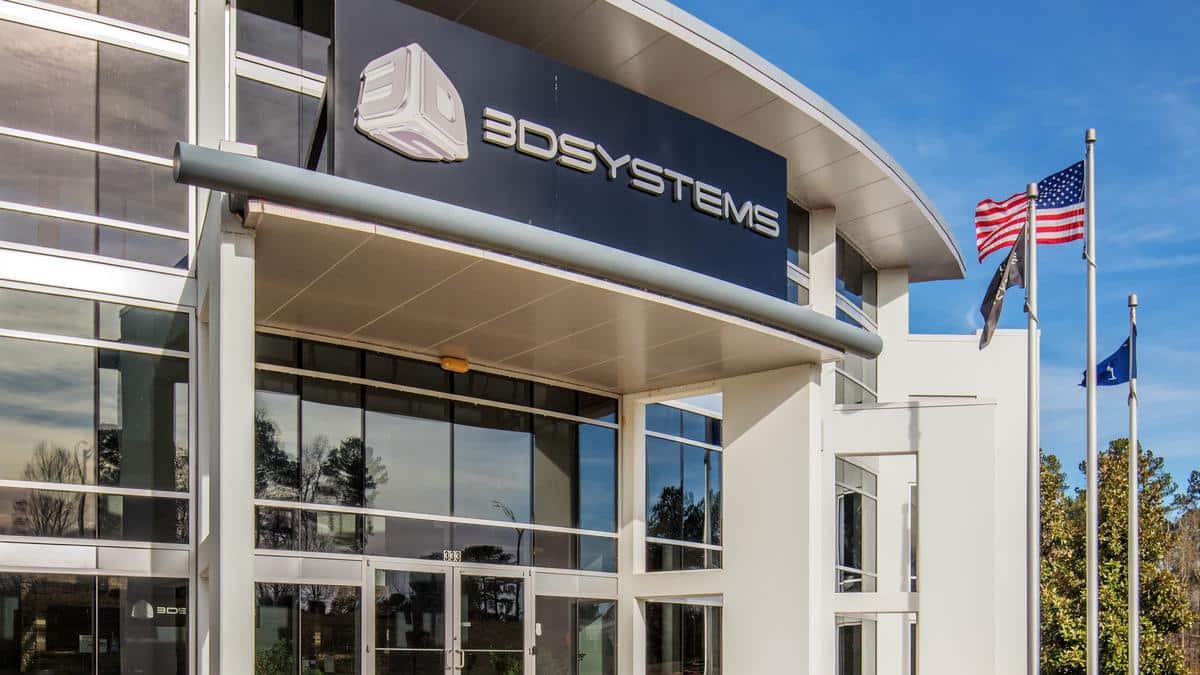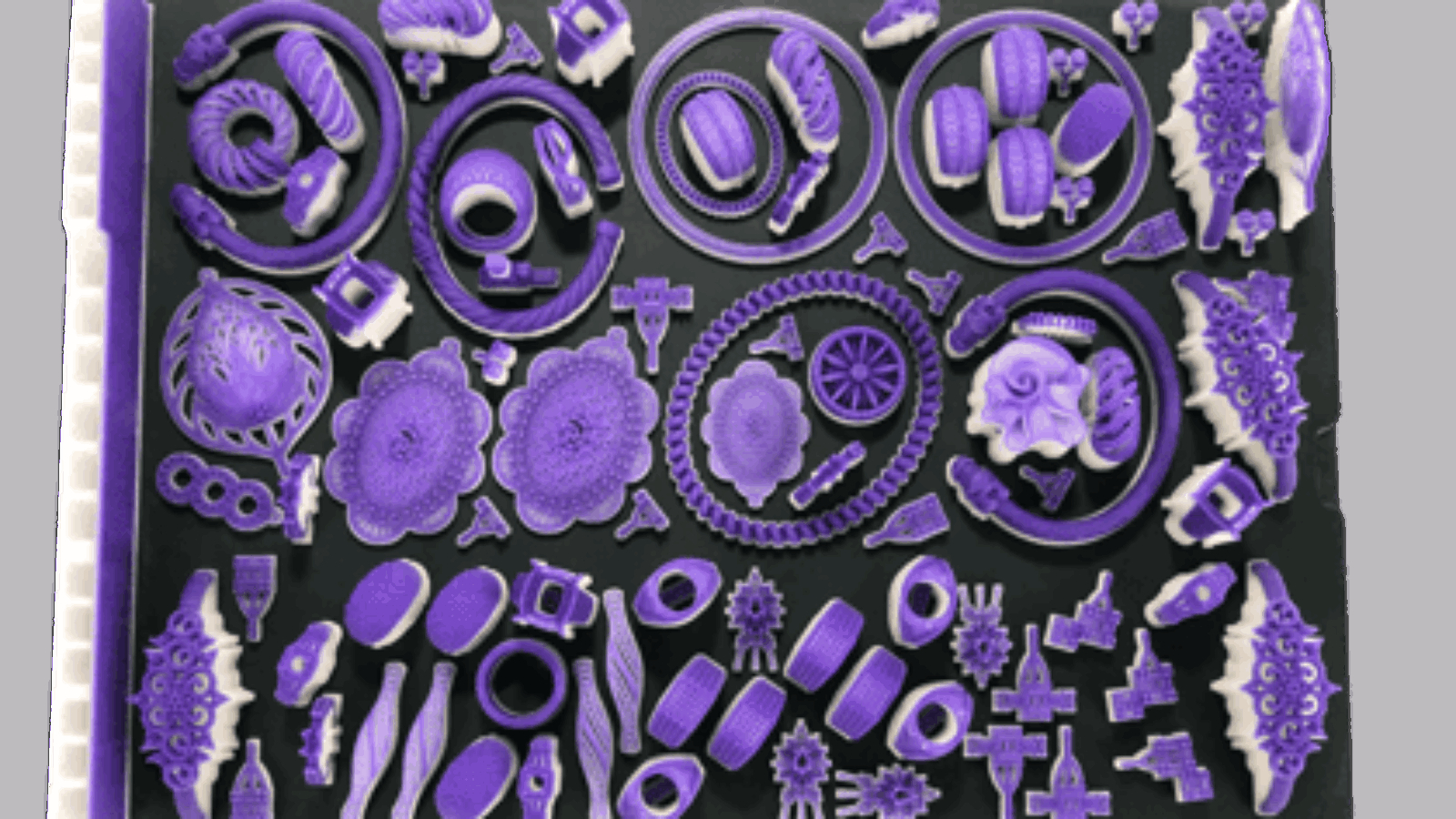3D Systems’ ProJet <a href="https://facfox.com/service/polyjet-mjp-3d-printing-services” target=”_blank” >MJP 2500W Plus is now available for purchase and immediate shipping. The new solution is specifically designed to produce complex, high-quality, pure wax 3D printed jewelry patterns with speed and precision for use in the lost wax casting process. Engineered specifically to meet the unique requirements of the jewelry industry, the ProJet <a href="https://facfox.com/service/polyjet-mjp-3d-printing-services” target=”_blank” >MJP 2500W Plus can produce high-resolution, 100% wax casting patterns, in hours. This enables the quick and cost-effective creation, iteration, and production of all jewelry styles, including the most complex geometries.
The requirement for manual polishing can present a significant strain on resources – both on talent and materials. To overcome this challenge, the ProJet <a href="https://facfox.com/service/polyjet-mjp-3d-printing-services” target=”_blank” >MJP 2500W Plus includes a new ZHD print mode which delivers up to 2x improvement in vertical resolution, without an increase in wax material consumption. With a reduced need for polishing, customers can produce increasingly complex designs for which polishing is not practical.
Manufacturing on Demand

The ProJet <a href="https://facfox.com/service/polyjet-mjp-3d-printing-services” target=”_blank” >MJP 2500W Plus 3D prints in VisiJet 100% wax materials to print true-to-CAD and fine feature definition jewelry patterns with exact, razor-sharp edges and extremely crisp details. VisiJet wax melts like standard casting waxes, with zero ash content for defect-free castings. It is durable for handling and casting fine features, and high contrast colors allow for easy fine-detail visualization. 3D Systems’ 3D Sprint software capabilities also allow users to streamline their file-to-pattern workflow.
“Producing jewelry requires the ability to bring complex, creative designs to life,” said Scott Anderson, vice president, and segment leader at 3D Systems. “The global jewelry additive manufacturing market is estimated at over $2 billion and is growing quickly due to the increased productivity, quality, flexibility, and design freedom enabled by this technology. Today, we’re excited to announce the ProJet <a href="https://facfox.com/service/polyjet-mjp-3d-printing-services” target=”_blank” >MJP 2500W Plus, with increased resolution and productivity that is unmatched in the industry. This innovation allows our customers to deliver exceptional design styles, while reducing pattern production time and operational costs, meeting the demands of a mass-customization environment. Coupled with the reliable and repeatable direct casting of our 100% wax solution, users will be able to achieve cost-effective, high-quality casting patterns with quick turnaround and high throughput.”
You might also like:
Visser Precision purchases two Velo3D Sapphire printers: Visser Precision has experience in both polymer and metal 3D printing. The company provides its customers in aerospace, defense, automotive, and industrial tooling with finished parts that are ready to use in their mission-critical applications. Visser Precision purchased its Sapphire printers after a mutual aerospace customer sought to leverage Velo3D’s additive manufacturing technology for components in its rocket engines.
* This article is reprinted from 3D Printing Media Network. If you are involved in infringement, please contact us to delete it.
Author: Edward Wakefield


Leave A Comment